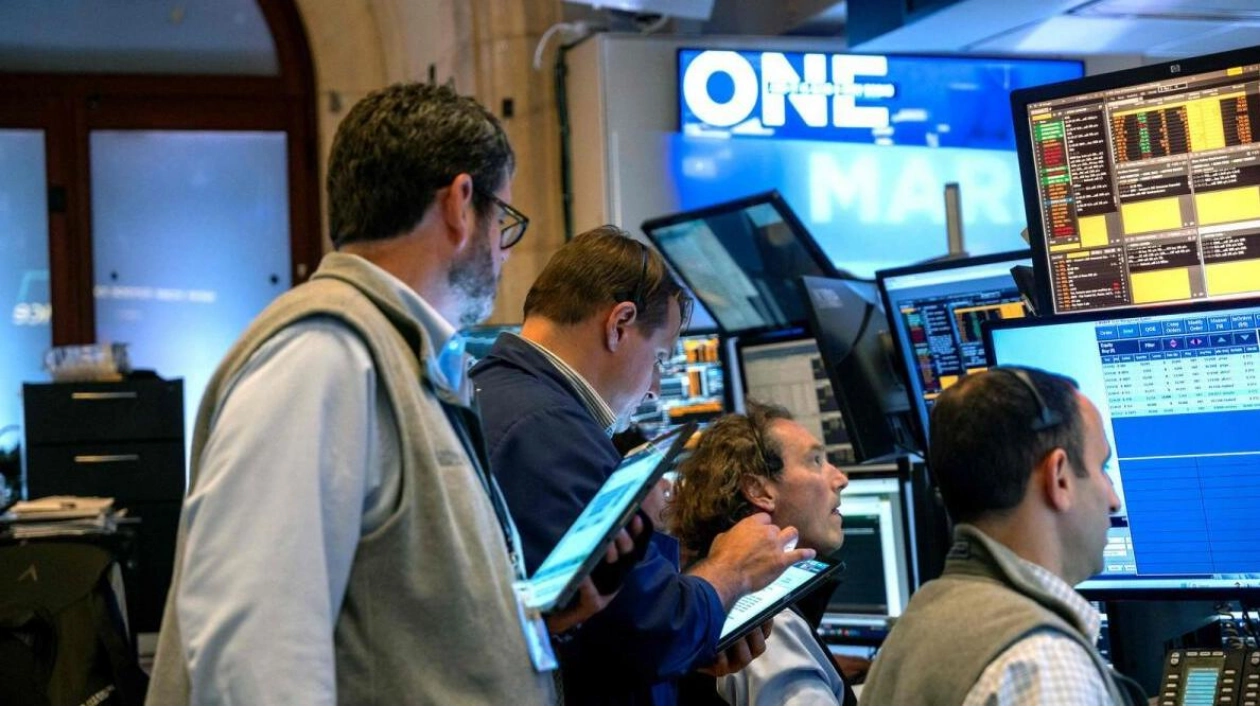As the Federal Reserve embarks on a long-anticipated rate-cutting cycle, some investors are cautious, fearing that the high valuations of U.S. stocks may have already factored in the benefits of easier monetary policy, making it challenging for markets to advance significantly.
Investors on Thursday celebrated the first rate cuts in over four years, propelling the S&P 500 to new highs a day after the Fed slashed borrowing costs by 50 basis points to bolster the economy. History supports such optimism, particularly if the Fed's assurances of a still-robust U.S. economy hold true. According to Evercore ISI data since 1970, the S&P 500 has averaged an 18% annual gain following the initial rate cut in an easing cycle, provided the economy avoids recession.
However, stock valuations have surged in recent months as investors, anticipating Fed cuts, flocked to equities and other assets expected to benefit from looser monetary policy. This has pushed the S&P 500 to trade at over 21 times forward earnings, well above its long-term average of 15.7 times. The index has risen 20% this year, despite weaker-than-expected U.S. employment growth in recent months.
As a result, the near-term "upside from just lower rates is somewhat limited," noted Robert Pavlik, senior portfolio manager at Dakota Wealth Management. "People get a bit nervous when they're up 20% in an environment where the economy has cooled."
Other valuation metrics, including price-to-book value and price-to-sales, also indicate that stocks are well above their historical averages, according to Societe Generale analysts. U.S. equities are trading at five times their book value, compared to a long-term average of 2.6.
Lower rates are expected to benefit stocks in several ways. Reduced borrowing costs are likely to boost economic activity, strengthening corporate earnings. A drop in rates also diminishes the attractiveness of cash and fixed income as investment alternatives to equities. The yield on the benchmark 10-year Treasury has fallen about a full percentage point since April to 3.7%, though it has edged up this week.
Lower rates also make future corporate cash flows more attractive, often boosting valuations. However, the P/E ratio for the S&P 500 has already rebounded substantially after hitting lows of 15.3 in late 2022 and 17.3 in late 2023, according to LSEG Datastream.
Valuations in the technology sector have also exceeded their long-term averages, driven by massive rallies in stocks like Nvidia, which is up around 140% this year. The tech sector trades at about 28 times earnings, compared to a long-term average of 21.
With further increases in valuation expected to be limited, earnings and economic growth will be key drivers of the stock market. S&P 500 earnings are projected to rise 10.1% in 2024 and another 15% the following year, according to LSEG IBES, with third-quarter earnings season next month set to test these valuations.
There are signs that the promise of lower rates may have already attracted investors. While the S&P 500 has typically been flat in the 12 months leading up to rate-cutting cycles, it is up nearly 27% in this period, according to Jim Reid, Deutsche Bank's global head of macro and thematic research, who studied data since 1957.
Despite elevated valuations, many investors remain undeterred and maintain a positive outlook for stocks. Valuations are often an unreliable tool for timing stock purchases and sales, especially since momentum can keep markets rising or falling for months before reverting to historical averages.
Rate cuts near market highs tend to be favorable for stocks a year later. The Fed has cut rates 20 times since 1980 when the S&P 500 was within 2% of an all-time high, according to Ryan Detrick, chief market strategist at Carson Group. The index has been higher a year later every time, with an average gain of 13.9%.






